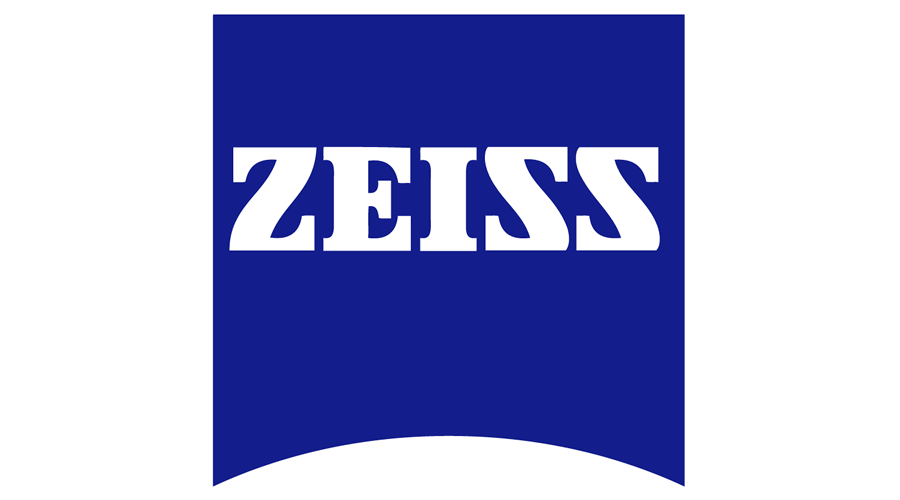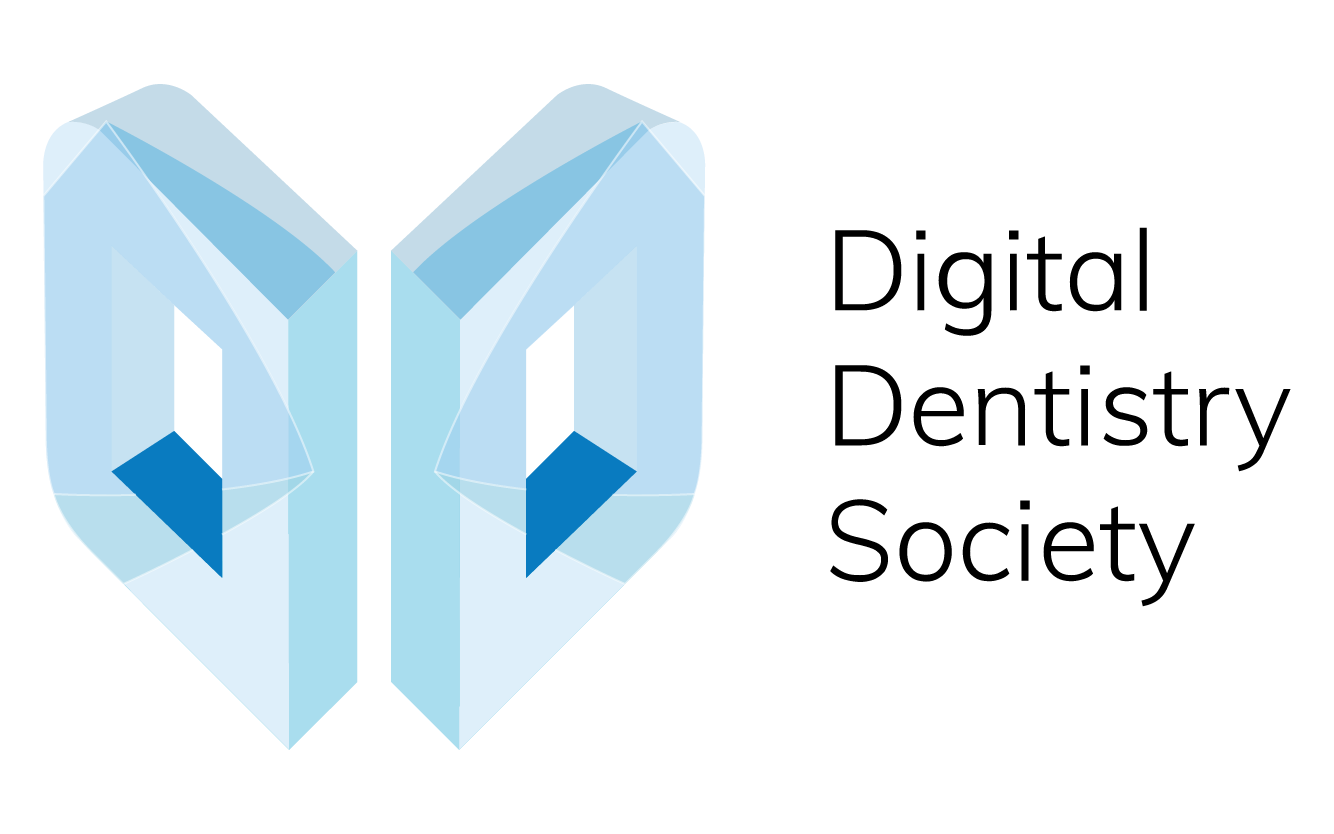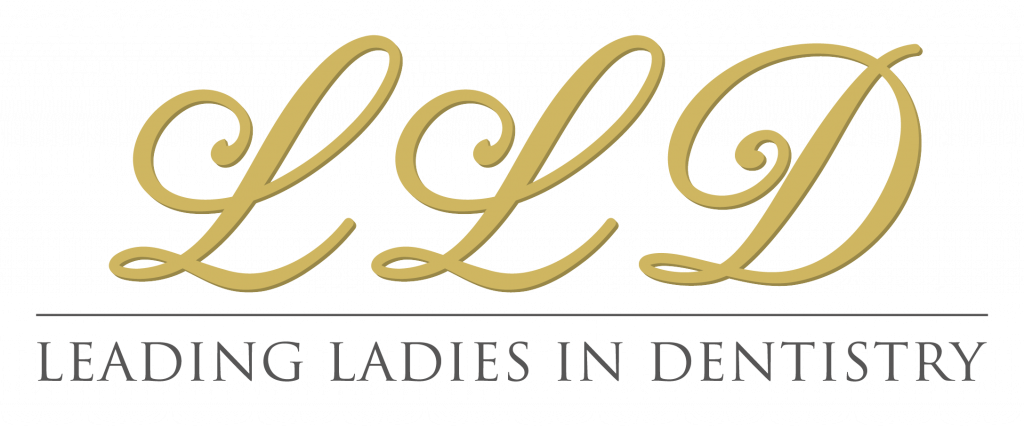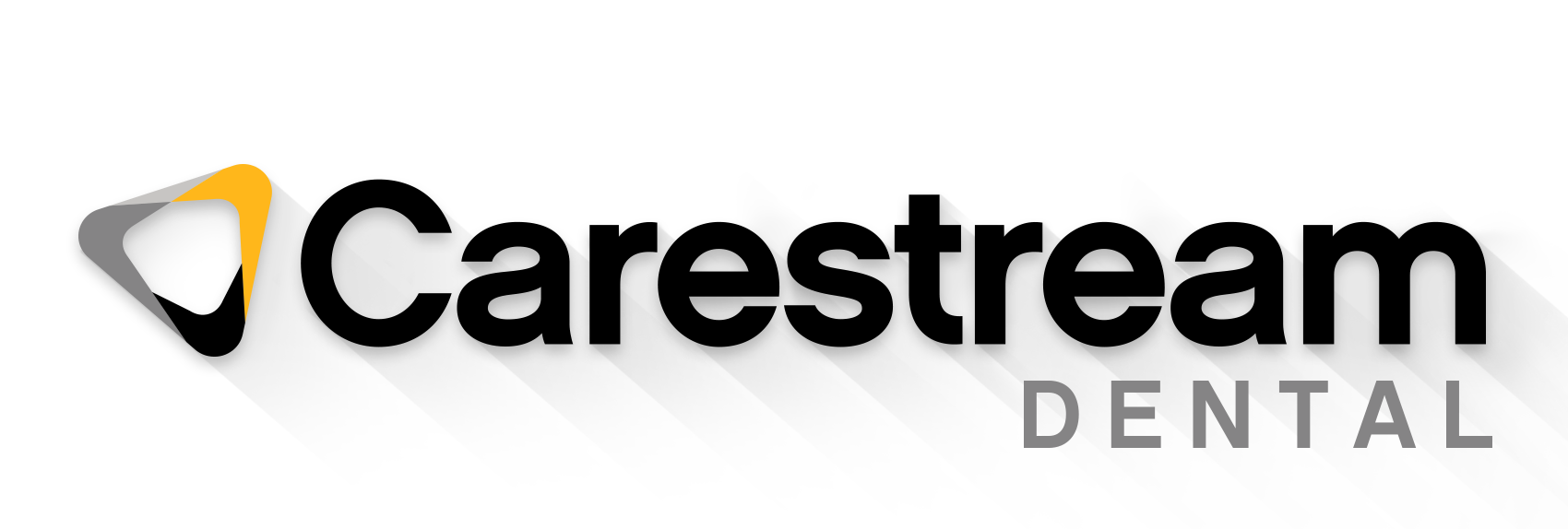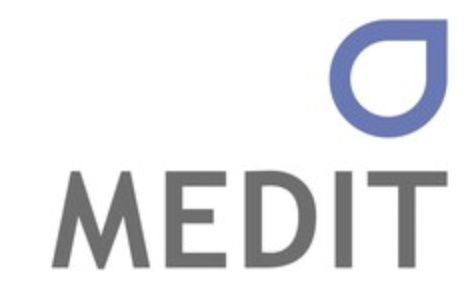In dentistry, the term “intraoral scanner” refers to imaging devices used to capture detailed images of the oral cavity, teeth, and surrounding structures. These scanners provide a three-dimensional view of dental structures and are widely used for diagnostic purposes, treatment planning, and monitoring progress.
Intraoral scanners have become essential tools in modern dental practice, enhancing efficiency, accuracy, and overall patient experience.
Advantages of Using an Intraoral Scanner:
Precision and Detail: Intraoral scanners provide detailed three-dimensional images of the oral cavity, teeth, and surrounding structures. This level of detail allows dental professionals to make more precise diagnoses and plan treatments with greater accuracy.
Patient Comfort: Unlike traditional dental impressions, which often involve using uncomfortable gypsum or silicone materials, intraoral scanners offer a less invasive and more comfortable alternative for patients. The procedure is often quicker and does not require the waiting time necessary for impression materials to set.
Reduction of Errors: Intraoral scanners reduce the risk of human errors associated with the preparation and reading of traditional impressions. Digital technology allows for greater precision in recording information, helping to avoid issues related to distortions or deformations of impressions.
Efficiency and Speed: Digital scanning is generally faster than preparing and sending traditional impressions to a lab. This can reduce patient wait times and speed up the treatment planning and implementation process.
Digital Storage: Images obtained from intraoral scanners can be digitally stored in the practitioner’s computer systems. This simplifies patient information management, reduces the need for physical storage space, and makes data access easier.
Efficient Communication: Digital images can be easily shared and transmitted electronically between dental professionals and with patients. This promotes more efficient communication and can be particularly useful for multidisciplinary coordination in complex cases.
Treatment Planning: Intraoral scanners provide an excellent basis for treatment planning, especially in prosthetics and surgery. They can be used to design restorations, bridges, prosthetics, and for planning implant surgeries.
In summary, the use of intraoral scanners in dentistry enhances efficiency, precision, and patient comfort, promoting advanced and technology-oriented dental practice.
Working Mechanism:
These scanners use a light source to project a grid of light onto the dental surface. A camera detects the deformation of the light grid on the tooth surface and creates a three-dimensional digital model of the mouth. These scanners are often used to create digital models of dental impressions.
How to Choose an Intraoral Scanner:
When choosing an intraoral scanner for a modern dental practice, consider the following key aspects:
Precision: The precision of the images is crucial for accurate diagnosis and effective treatment planning. Choose an intraoral scanner that offers high resolution and clear details.
Speed: The speed at which an intraoral scanner can capture images directly impacts practice efficiency. Opt for a scanner that provides quick results without compromising image quality.
Ergonomics: The ease of use and ergonomics of the scanner are important for efficient practice. An ergonomic design can reduce practitioner fatigue and improve patient experience.
Compatibility and Interoperability: Ensure the scanner is compatible with the systems and software used in your dental practice. Interoperability facilitates the integration of digital images with other electronic tools and the overall workflow of the practice.
Image Processing Software: The associated software is fundamental. Ensure the image processing software is intuitive, providing clear modeling and visualization tools to facilitate treatment planning.
Portability: Portability can be an advantage, especially if you intend to use the scanner in different locations or with patients who have mobility difficulties. Compact and lightweight scanners can be more flexible in these situations.
Cloud Connection and Digital Storage: The ability to easily upload and store images in the cloud can simplify data management. Ensure the scanner supports secure digital storage options compliant with privacy regulations.
Updates and Support: Opt for an intraoral scanner provided by a manufacturer that offers regular software updates and reliable customer support. This ensures your tool remains up-to-date with technological and regulatory developments.
Cost and Return on Investment: Carefully evaluate the scanner’s cost relative to the value it can add to your practice. Consider the return on investment in terms of efficiency, accuracy, and patient satisfaction.
Staff Training: Ensure you receive adequate training on using the intraoral scanner and that your staff is competent in operating this technology.
Choosing an intraoral scanner that meets these characteristics can significantly enhance your modern dental practice.
Learning Curve with Intraoral Scanners:
The learning curve for using intraoral scanners can vary from person to person, but generally, many dental professionals quickly adapt to this technology. Here is an overview of the learning curve:
Familiarization with Hardware: The initial phase involves familiarizing oneself with the hardware of the intraoral scanner. This includes learning about the scanner’s physical features, such as control buttons, correct positioning, and cable management.
Software and User Interface: A key aspect of the learning curve is using the associated software. Users need to learn how to start the scanner, capture images, perform 3D modeling, and use advanced software functions to achieve optimal results.
Correct Positioning and Scanning: Learning to position the intraoral scanner correctly within the oral cavity is essential for obtaining accurate scans. Regular practice can help develop good skill in handling the tool without causing patient discomfort.
Patient Management: Using an intraoral scanner also requires skills in managing the patient during the procedure. Clear communication and the ability to make the patient feel comfortable can contribute to a positive experience.
Workflow Optimization: Over time, dental professionals learn to integrate the intraoral scanner into their daily workflow. This may involve optimizing the time required to acquire scans, transmitting images to the lab, and planning treatment based on the digital data obtained.
Problem Solving: The ability to solve any technical or acquisition problems during scanning is an integral part of the learning curve. This skill can be developed through practical experience and continuous training.
Software Updates and New Features: Intraoral scanners often receive software updates that introduce new features or improve performance. Keeping your staff updated on such changes may require a continuous commitment to training.
Continuous Performance Evaluation: Periodically, it is useful to evaluate the performance and effectiveness of using the intraoral scanner in practice. This may include reviewing obtained results, identifying areas for improvement, and adapting to new practice needs.
It is important to note that the technology and software of intraoral scanners can evolve over time, and dental professionals should be open to continuous learning to fully exploit the advantages of this advanced technology. Regular training and updates on the latest technologies can help reduce the learning curve and maximize the benefits of intraoral scanners.
Polizzi Luongo Dental Clinic organizes periodic theoretical and practical update courses on the most advanced models of intraoral scanners available on the market.


